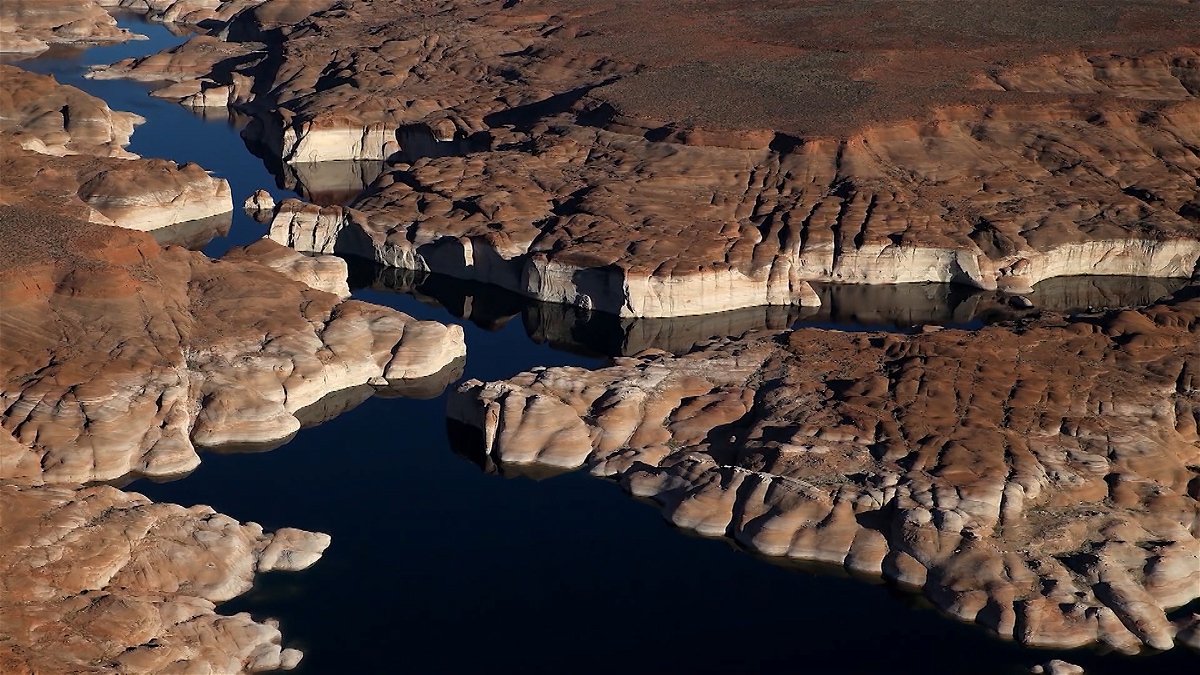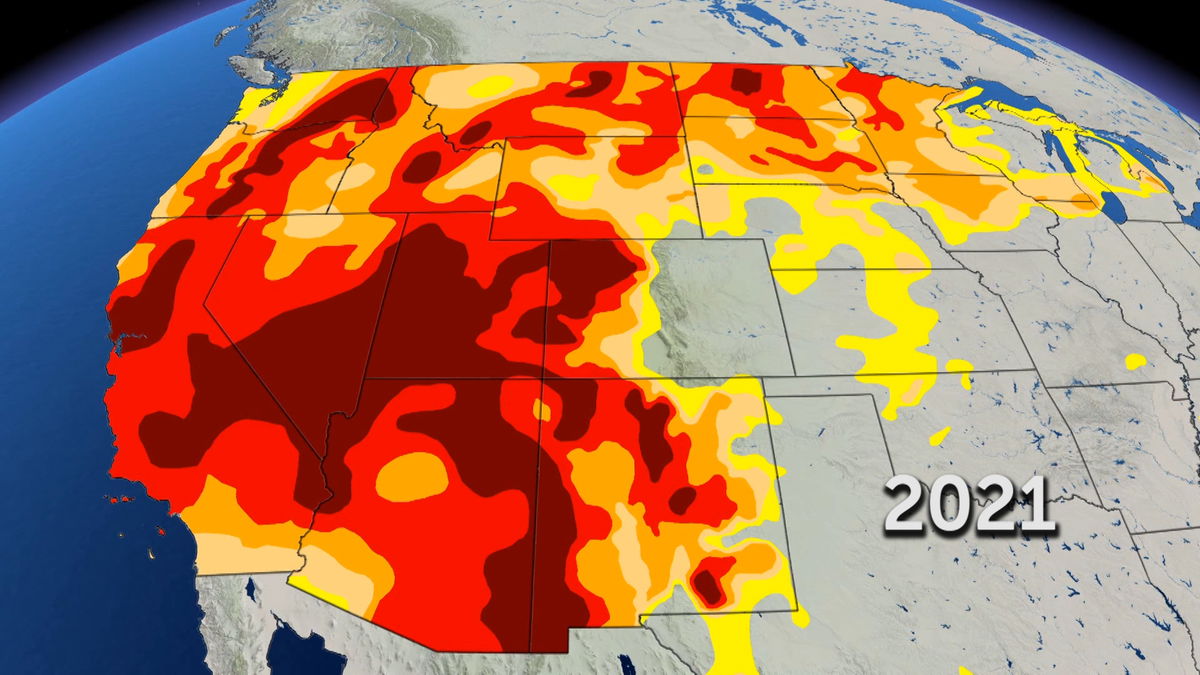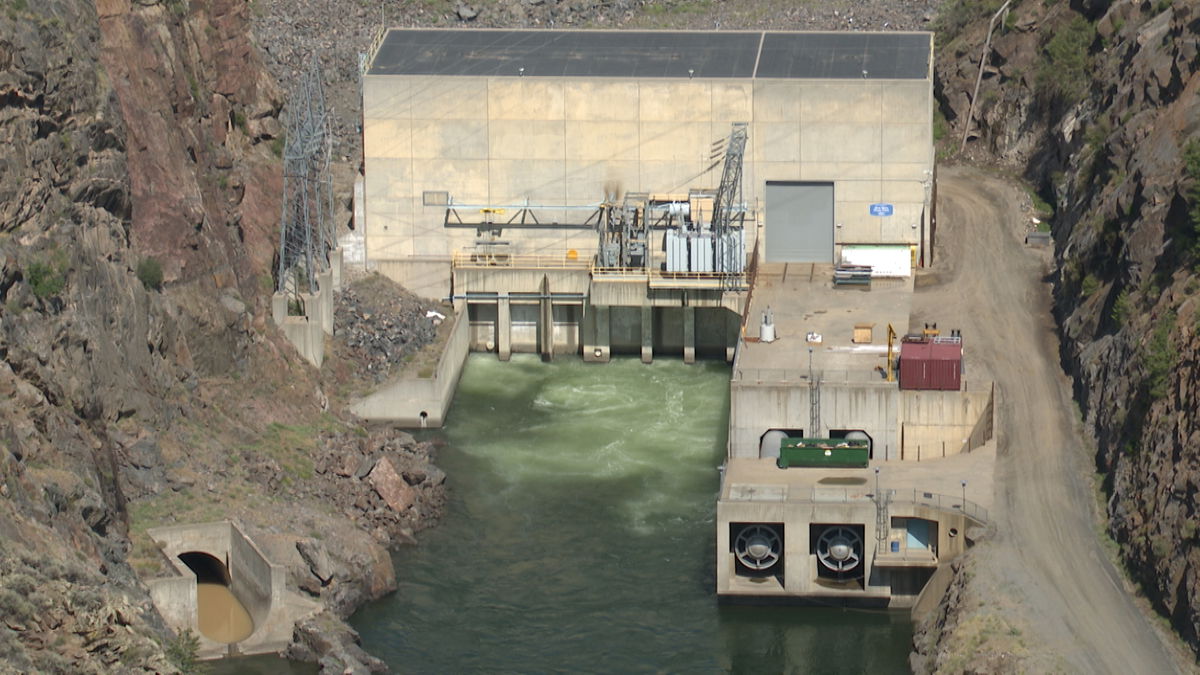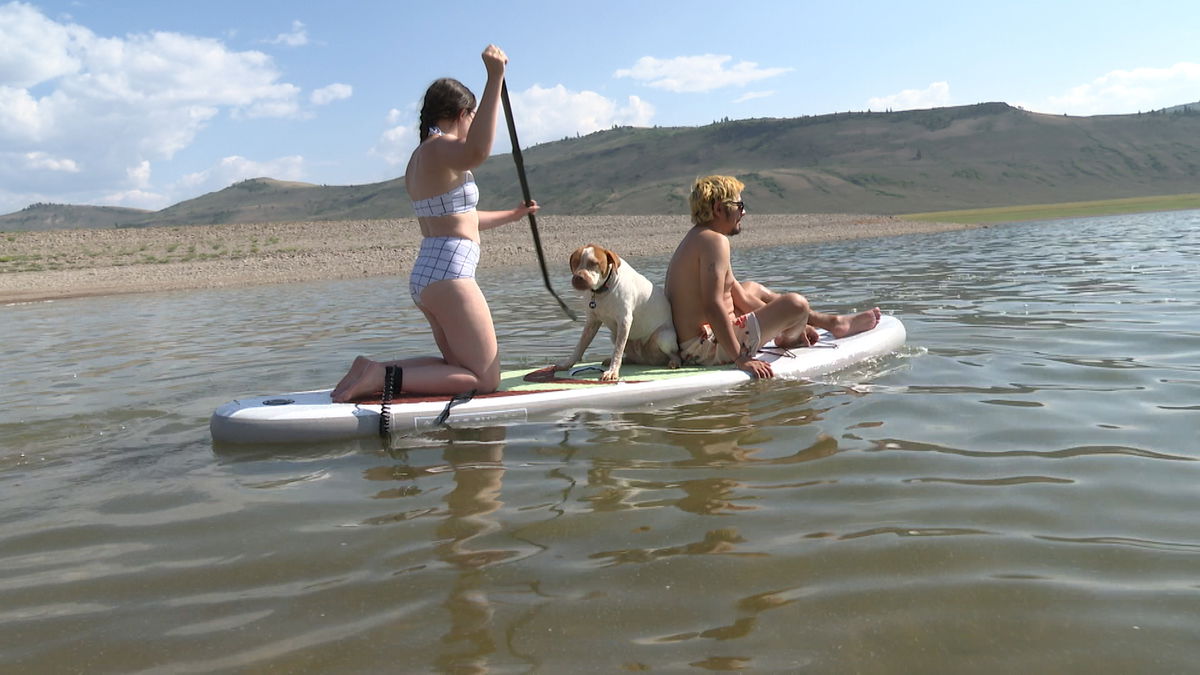Massive drawdown underway at Blue Mesa Reservoir
The water level at Colorado‘s largest lake is currently falling faster than it has ever fallen before.
It’s not because of evaporation or a lack of conservation here.
Instead, the federal government has decided that the water in Blue Mesa Reservoir in Gunnison County is needed downstream more than it's needed here.
Driving past the reservoir, it’s easy to see what’s happening there.
Every section of its 96 miles of shoreline is now heavily exposed to the sun and has a much lighter color than the terrain above it.

Sadly, this is only the beginning.
The reason for this massive water release is hundreds of miles down the Gunnison and Colorado Rivers, at Lake Powell in southern Utah and Lake Mead in Nevada.
Call it "climate change" or call it a "mega drought", but the same persistent pattern of weather over the last 20 years that has contributed to catastrophic wildfires has also left both bodies of water at record lows.

2021 is among the worst years since the drought began, and now the generators inside the dam at Lake Powell are in serious danger.
If they lose much more (water), they're not going to be able to produce electricity at that dam,” explains Sandy Snell-Dobert, a spokesperson for the National Park Service, “the problem with that is that millions of people rely on that power.”

The National Park Service announced in late July that from now until at least the end of September, Blue Mesa Reservoir would fall another two feet per week.
The lake was already 61 feet below capacity at the end of July.
By the end of September, it will be 96 feet below capacity, a level not seen since it hit 93 feet in 1984.

“Probably by the end of September, we may very well have no boat ramps available for launching boats,” added Snell-Dobert.
It’s a troubling thought for Amy Riser, whose family has owned and operateed the Elk Creek Marina for most of the last 40 years.
It’s the largest of several marinas scattered around the reservoir, and offers the longest boat ramp of all of them.
But even the Elk Creek ramp won’t be able to operate longer than a few more weeks.
"We intend to stay fully open until we get to that point."
amy riser, elk creek marina llc.
“We intend to stay fully open until we get to that point,” she says.
July, August, and September are generally the busiest months at Blue Mesa, but this year the biggest crowds may have already come and gone.
“We operate from May to September. So if you take any part of our season away, it has a negative impact on us,” says Riser.
However, the impact is larger than just her marina or souvenir shop.
According to the National Park Service, 922,000 people visited Blue Mesa Reservoir in 2020, spending more than 40 million dollars which directly supports 501 jobs in the region.
Many of the jobs are in Gunnison and Montrose, where restaurants and sporting good stores rely on summertime tourism.
There's no question the economic impact of this massive drawdown will be felt in 2021, but what many are asking right now is whether this will have to be an annual thing, and whether Blue Mesa Reservoir will ever be what it was.
"We probably won't see Blue Mesa full for a very long time, if ever again."
-National park service spokesperson
“We probably won't see Blue Mesa full for a very long time, if ever again,” says Snell-Dobert, “but I think that's reality, because we are in a climate-driven drought, and we're not seeing any trends that make it look like it's going to get any better any time soon.”
Gunnison County Board of County Commissioners Chairman Jonathan Houck believes the situation at Blue Mesa is indicative of a larger problem downstream.
“The challenges that we're facing in the long term are here to stay,” he says.
He believes although there are no easy solutions, conservation is key.
“Every person, even at the personal level, has the ability to have positive impacts on the water situation, not just in Colorado, but in the west. And I always encourage Coloradans to realize that their individual actions have the ability to positively or negatively impact our water situation in this state.”
Riser, however, questions whether those farther downstream share the same need for conservation.
“When you have condo complexes in Arizona that require green lush grass, and so water is taken to places where they don't have water, to provide things like that, I'm not sure anyone understands the ramifications of the rest of us that are upstream from that.”

It's important to note that neither the reservoir nor the Curecanti National Recreation Area that surrounds it aren’t closing.
Even after the shoreline is almost entirely exposed, visitors will still be able to drive down the water’s edge to fish or launch smaller boats or paddleboards.
However, those visitors will likely have to walk through a little more sand to reach the water than they already do.
KRDO Newschannel 13 contacted the offices of Congresswoman Lauren Boebert as well as US Senators Michael Bennet and John Hickenlooper.
A member of Boebert’s communication staff said Boebert takes water issues very seriously.
However, neither he nor anyone else from any of the offices responded to our requests for comment.




